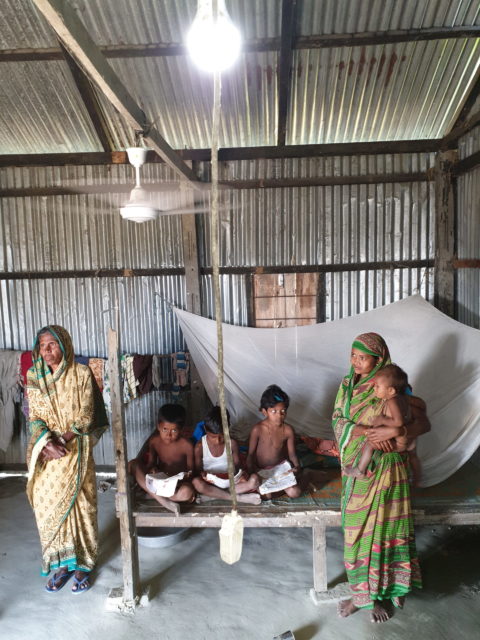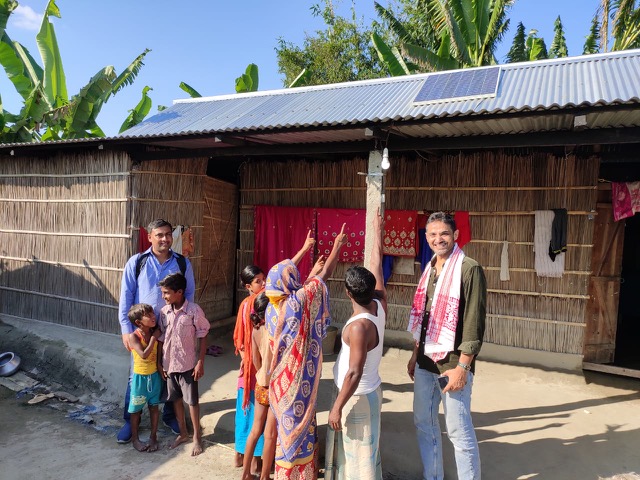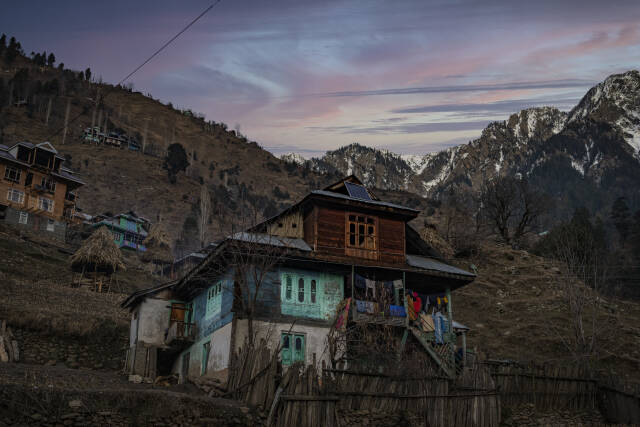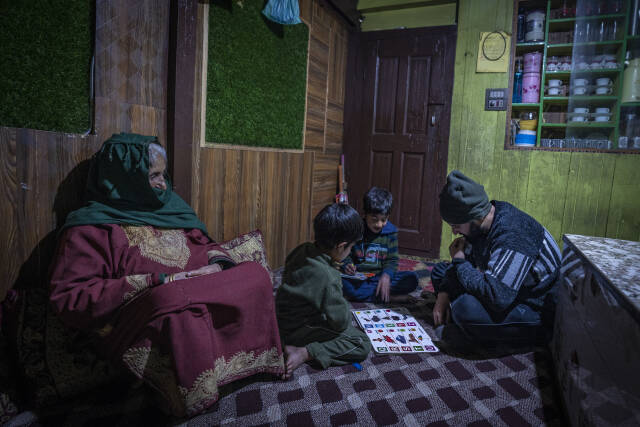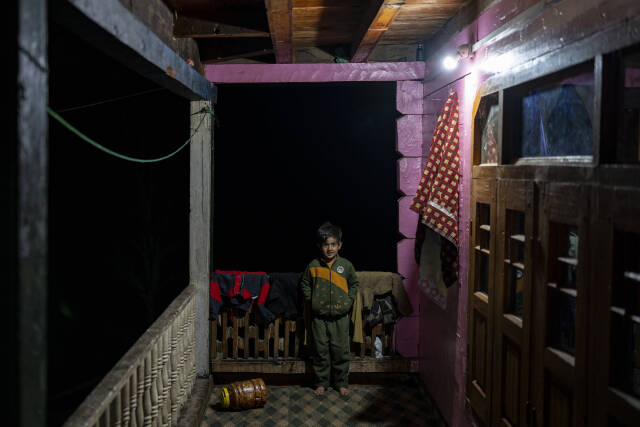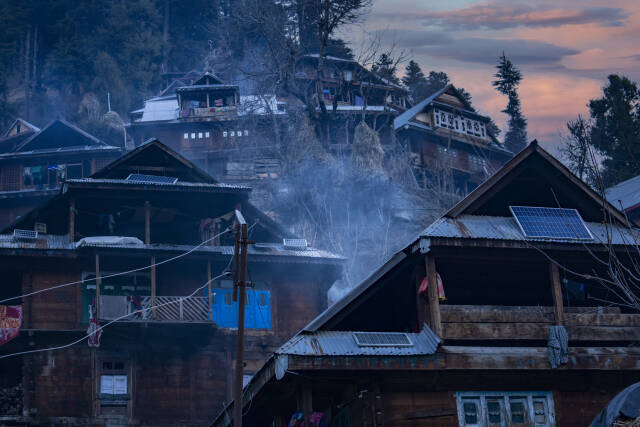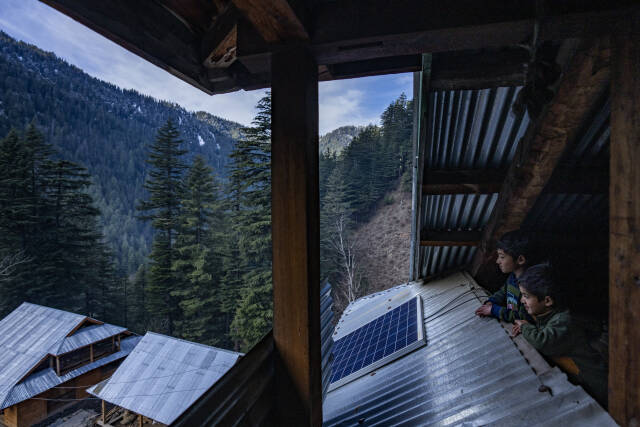This project replaces inefficient fossil fuel energy sources such as kerosene with a rooftop solar panel program that provides Direct Current (DC) electricity. Now 40,000 rural households have access to clean, renewable energy. In India, only 44% of rural households have access to electricity, with 50 million homes off-grid and 50% of Indian homes unable to afford even subsidized electricity.
In India off-grid means remote, rural areas where there are no roads, frequent sandstorms and villagers live in mud thatch huts. There are very few local resources.
To visit one of the project areas, we traveled to river islands on a boat for several hours that are home to extremely poor Jute farmers. Their weather is characterized by regular floods and extremely hot weather and the population is constantly at risk from diseases such as dengue and malaria. Due to distance and regular flooding that can wash away infrastructure, it would be difficult to establish a regular grid connection.
These households consume less than 500 kWh of electricity per year, the equivalent of the energy used in one month by your electric water heater or room air conditioner. For comparison purposes, the average American home consumes an average of 900 kWh of electricity in a month.
The innovative and award-winning DC system created by the Indian Institute of Technology, Madras, includes the rooftop DC solar panel, a small-sized battery with a controller to stop charging when full, an inverter-less converter to Alternating Current (AC), light bulbs, a fan, a mobile charging unit and a socket for other uses.
.

